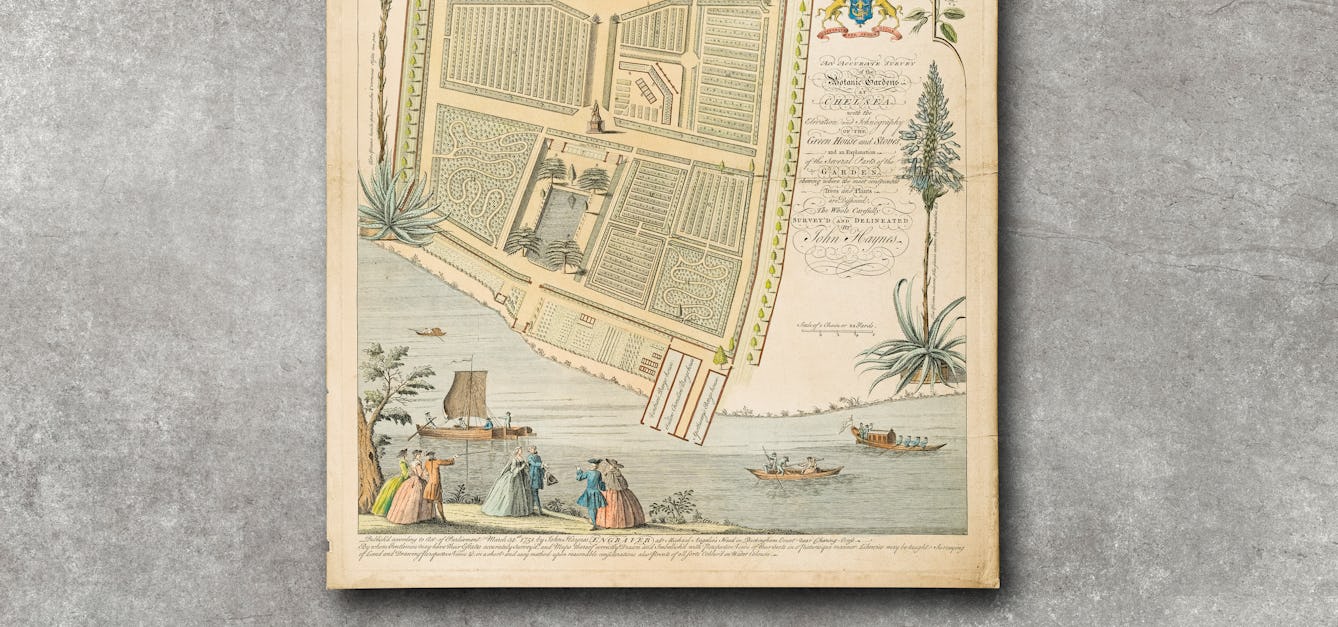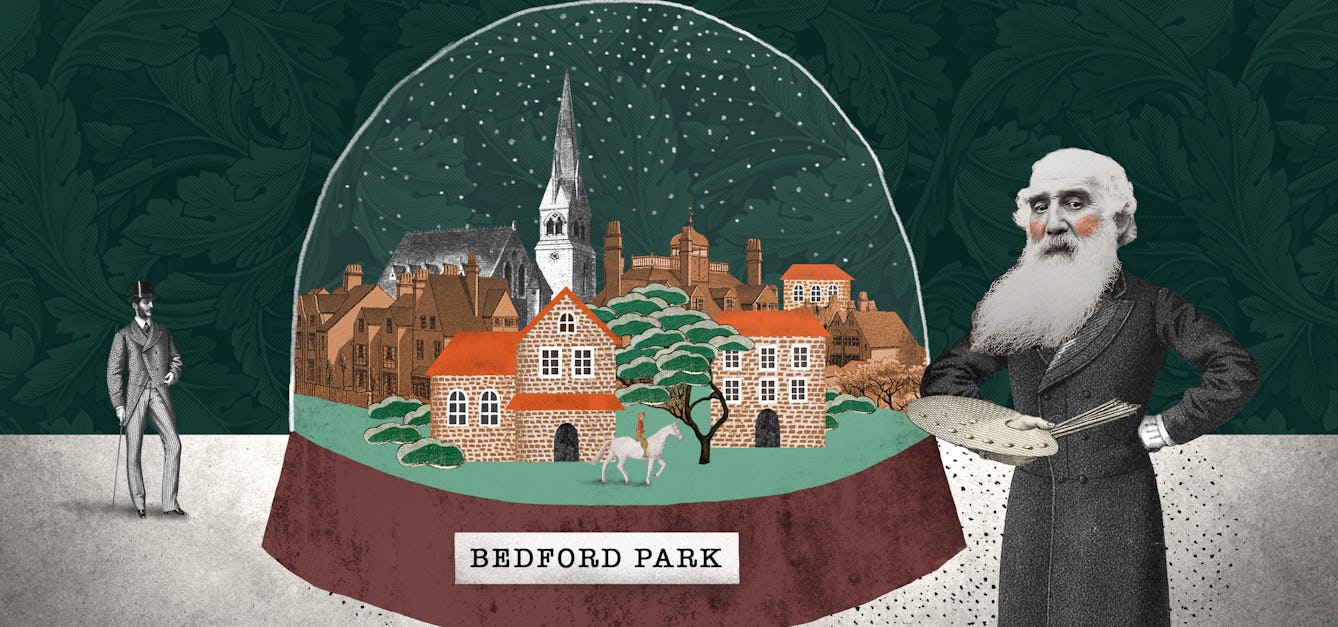Stories

- Article
Active pensioners, blooming gardens
To reach your 70s with over 300,000 Twitter followers or running a music festival is not the stereotypical image of retirement. But does this energetic engagement with life equal happiness?

- Article
The healing power of the physic garden
Having experienced the healing power of plants and gardens, Iona Glen goes in search of present-day “physic gardens” and their origins in history.

- Article
Building a dream in the garden suburbs
In the late 19th century a ‘garden suburb’ promised a retreat from London’s dirt and crowds. See how this new concept was developed to appeal to the health concerns of the literary classes.

- Article
Sharing Nature: Parks for people
Paula Broom’s photograph of Sydney’s Centennial Park shows the complexity and joy we find in urban greenery.
Catalogue
- Books
Generations gardening together : sourcebook for intergenerational therapeutic horticulture / Jean M. Larson, Mary Hockenberry Meyer.
Larson, Jean M.Date: [2006]- Books
Caring for the aged / Bertram B. Moss, with Fraser Kent.
Moss, Bertram B., 1919-Date: 1966- Books
Your garden and your rheumatism / by C.B. Heald.
Heald, C. B. (Charles Brehmer), 1882-Date: [between 1960 and 1969?]
- Pictures
- Online
An old woman and a visitor in a living room, and two old men in a garden; representing the need for care of elderly people in Wales. Lithograph, ca. 1960.
Date: [1960?]Reference: 576234i
- Pictures
- Online
An old woman and a visitor in a living room, and two old men in a garden; representing the need for care of elderly people in Wales. Colour lithograph, ca. 1960.
Date: 1960Reference: 576230i








![Sempervivum tectorum L. Crassulaceae Houseleek, Senegreene Distribution: Europe. Sempervivum means 'live forever', tectorum means 'roof', and was apparently grown on house roofs to protect against lightning. Lyte (1578 distinguishes Stonecrops (Sedum) from Sengreene (Sempervivum) for he advises the Sempervivum, alone or mixed with barley meal, applied topically to burns, scalds, St Anthony's fire [erysipelas], ulcers and sores, will cure them and sore eyes. Apropos of stonecrops (Sedum), he describes the redness and blistering that the sap has on bare skin, and how it is good for poisons for if taken with vinegar by mouth it causes vomiting, but only safe to do so in strong people. He seems fairly confused as to which is which. Not approved by the European Medicines Agency for Traditional Herbal Medicinal use. Photographed in the Medicinal Garden of the Royal College of Physicians, London.](https://iiif.wellcomecollection.org/image/B0009191/full/282%2C/0/default.jpg)
![Sempervivum tectorum L. Crassulaceae Houseleek, Senegreene Distribution: Europe. Sempervivum means 'live forever', tectorum means 'roof', and was apparently grown on house roofs to protect against lightning. Lyte (1578 distinguishes Stonecrops (Sedum) from Sengreene (Sempervivum) for he advises the latter, alone or mixed with barley meal, applied topically to burns, scalds, St Anthony's fire [erysipelas] , ulcers and sores, will cure them and sore eyes. Apropos of stonecrops (Sedum), he describes the redness and blistering that the sap has on bare skin, and how it is good for poisons for if taken with vinegar by mouth it causes vomiting, but only safe to do so in strong people. He seems fairly confused as to which is which. Not approved by the European Medicines Agency for Traditional Herbal Medicinal use. Photographed in the Medicinal Garden of the Royal College of Physicians, London.](https://iiif.wellcomecollection.org/image/B0009190/full/282%2C/0/default.jpg)